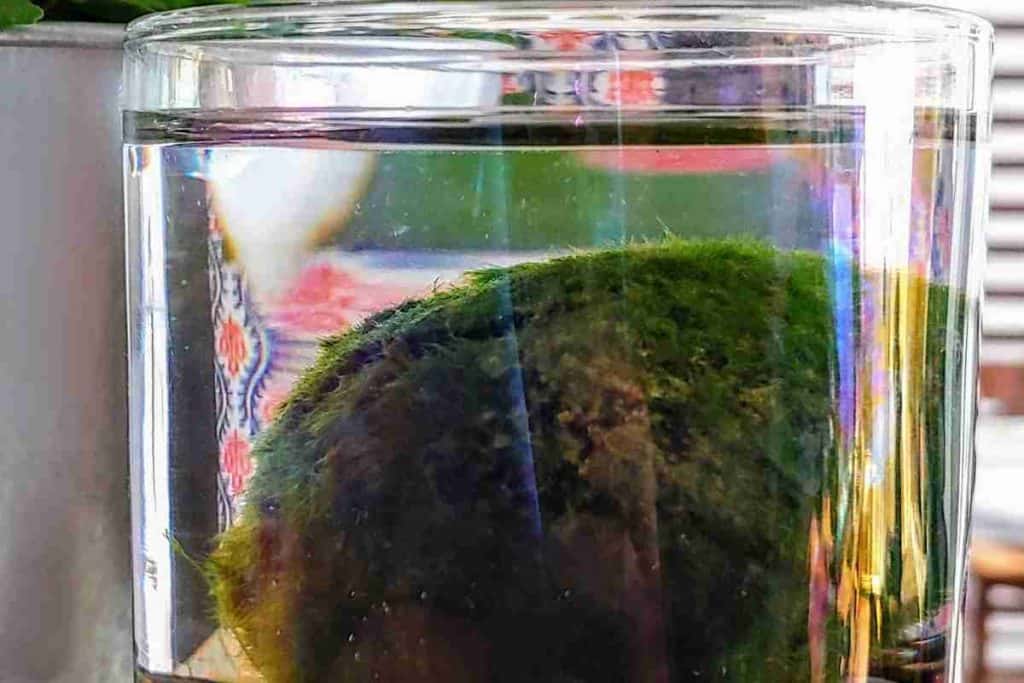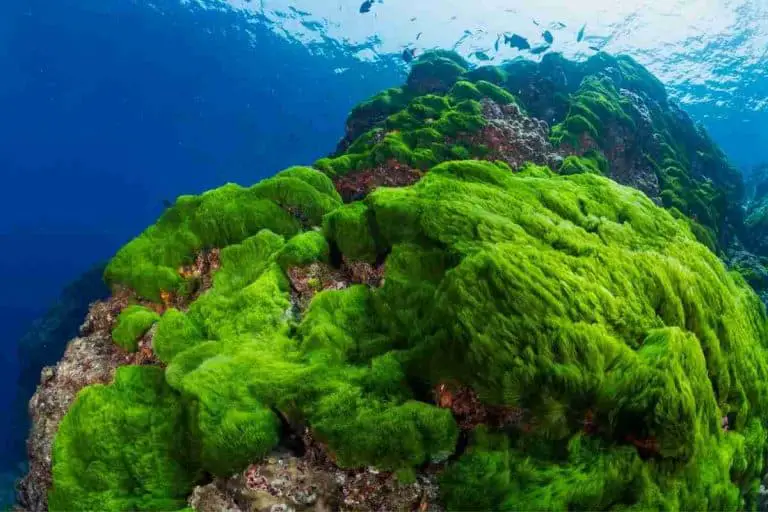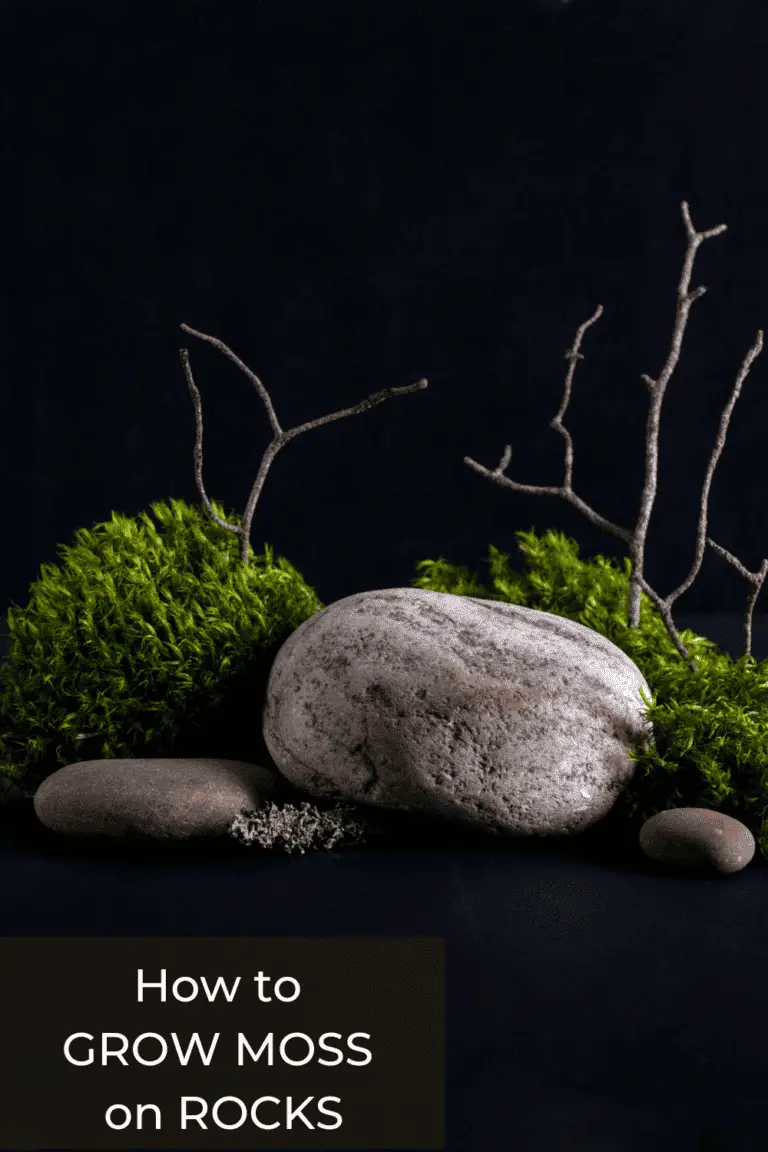Floating Moss Balls: Why Do They Float?
Floating Moss Ball: Moss balls, more formally known as marimo moss balls, are a type of plant that can be found in both freshwater and saltwater habitats.
They are most commonly used in aquariums, for their unique appearance and ability to help with water filtration.
Moss balls will usually lay at the bottom of the tank, however, every once in and while these balls will float to the surface.
Why Do Moss Balls Float?
So, what does it mean when you see a moss ball floating in your aquarium? Well, there are a few potential reasons why your moss ball might be floating.
Common Reasons Why Moss Balls Float:
- Trapped Air Bubbles
- To Absorb Light
- Circadian Rhythm
- It’s A New Moss Ball
Trapped air bubbles
The most common reason why you see a floating moss ball is that there are trapped air bubbles in the hair filaments of the moss ball.
This happens because of the combination of photosynthesis and circadian rhythms. When a moss ball photosynthesis it releases these tiny air bubbles that give the moss buoyancy.
To absorb Light
As plants convert sunlight, carbon dioxide, and water into sugar, oxygen is released and moss balls are no exception. When a moss ball floats to the surface it is usually to photosynthesis.
This process produces the energy (through natural light at the surface) that moss balls need to grow and thrive. Without sufficient light, moss balls will begin to turn brown and die.
At night, when the natural light is gone and photosynthesis stops, the moss balls will then sink back down to the bottom of the lake, or aquarium in the home.
You May Also Like To Read:
Circadian Rhythm
There is a degree of circadian rhythm at play here, too. The moss balls become accustomed to natural day/night cycles, which can be retrained artificially as well.
They learn to begin the photosynthesis process as the sun rises and stop as the sunsets. This helps them to make the most out of the natural light presented to them.
Because light penetration naturally decreases the deeper in the water a plant is, being able to float up to the surface to reach the light allows for moss balls to maximize how much light they get.
It’s A New Moss Ball
If you’ve only recently purchased a moss ball and you’ve only just popped it in your tank, there’s also a chance that it is floating because it’s dry. If you have a dry moss ball, it will naturally have air pockets, causing it to float.
It needs a chance to soak up the water again, as it does this the moss ball will get heavier causing it to sink to the bottom of the tank. If your moss ball has dried out, there’s a good chance it will sink to the bottom after a day or two.
If you see your moss ball doing this, don’t worry! It isn’t a bad thing, In fact, it actually serves as an advantage to the moss balls.
When they float up to the surface, they can rotate around, allowing all sides to be exposed to light so they can photosynthesize. Because of the spherical shape, rotation is the only way moss balls can get enough light.
If moss balls stayed on the ground instead of floating and drifting, the sides on the ground would to staring turning brown.
You May Also Like To Read:

Do all moss balls float?
Yes, all moss balls will float at some point but not all will do it all the time. Some Moss balls are better at staying submerged than others.
The type of moss ball, as well as the size, can affect how often it floats to the surface. For example, clumpier moss balls with less hair-like filaments are more likely to stay on the ground than those with longer hair-like filaments.
This is because they have less surface area for trapped air bubbles to form and escape.
Can you stop A moss ball floating?
Moss balls float naturally, and trying to force it to stay at the bottom of your tank can do more harm than good. As before moss balls need to float in order to photosynthesize properly. If the moss balls doest photosynthesize it wont float!
In fact, there was a recent study at the University of Bristol, that confirmed this theory. They did this by exposing the moss ball to the chemical, called (DCMU), which basically stops photosynthesis.
They discovered that when introducing this chemical (DCMU) the moss ball actually stops the formation of air bubbles and as a result stopped it from floating.
You May Also Want To Read:
Squeeze out the air bubbles
The most common trick to getting a moss ball to sink is to gently squeeze out the air bubbles. Air bubbles cause them to float up to the surface.
Whether those air bubbles are caused by drying out or due to photosynthesis, giving your moss ball a quick gentle squeeze can be just the trick to get it to sink back down.
The key here is to be gentle or you can damage it. Moss balls aren’t particularly durable, and they can easily come apart if you aren’t careful.
Squeeze it between your fingers and gently roll it around between your hands to push out the air bubbles. Place it back in your tank and it will likely sink to the bottom.
This is actually good to do every now and then, even if you aren’t interested in sinking your moss ball, as it helps them to clear out any gunk they may have accumulated within them.
Final Thoughts
Moss balls are unique creatures that add a touch of beauty to any home. If you have one, it’s important to take care of it and understand why it floats.
With a little bit of knowledge, you can ensure your moss ball stays healthy and happy for years to come! Thanks for reading!
You May Also Like To Read:






